Astronomy
Best Planetary Imaging Software 2023
High-quality planetary imaging is an exciting challenge in the field of astrophotography. There is a wealth of tools out there made expressly for collecting and analysing planetary data that can help in this quest. Here, we’ll take a look at the top software programmes for planetary exploration, breaking them down into two categories: acquisition and processing. Let’s go into the exciting realm of planetary imaging programmes and learn more about the instruments available to us for taking and enhancing breathtaking astrophotos.
Planetary Imaging Software
Planetary Imaging Software List
Acquisition software plays a crucial role in capturing planetary images, providing various features and controls to optimize the imaging process. Here are two top contenders
Credit : https://www.sharpcap.co.uk/
SharpCap is a popular choice among amateur and professional astronomers alike. It offers a user-friendly interface with a range of powerful features such as live stacking, auto-guiding, and real-time image analysis. SharpCap supports a wide range of cameras and includes advanced features like polar alignment assistance, dark frame subtraction, and flat field correction. Its intuitive controls and extensive capabilities make it an excellent choice for planetary imaging.
It is only available in Windows
SharpCap is Free whether it also has its Pro version costs 18$
Credit : https://skyinspector.co.uk/
Another noteworthy acquisition software is FireCapture, which provides a comprehensive set of tools for capturing high-quality planetary images. With FireCapture, users can control exposure settings, frame rates, gain, and more, ensuring optimal image acquisition. The software also offers advanced features like Region of Interest (ROI) selection, image stabilization, and support for various camera formats. FireCapture’s versatility and ability to handle challenging conditions make it a valuable asset in the planetary imaging workflow.
It is available in Windows, MacOS & Linux.
FireCapture is FREE
For those seeking to acquire planetary cameras, the recommended source is PLANETARY IMAGING CAMERAS, available through Vorion Scientific.
Once you have acquired the raw planetary images, processing software enables you to enhance and refine them to reveal intricate details and stunning visuals. Here are five notable options in this category:
Credit : https://sites.google.com/site/astropipp/home
Planetary Image Pre-Processing (PIPP) is a versatile tool that aids in the initial processing steps. It can align and crop video frames, apply debayering, and perform image stabilization. PIPP also supports batch processing, making it efficient for handling large datasets.
It is available in Windows, MacOS & Linux
PIPP is Free to use
AutoStakkert is a powerful stacking software specifically designed for planetary images. It aligns and stacks multiple frames, discarding poor quality frames and retaining the sharpest details. Its advanced algorithms optimize image stacking, resulting in crisp and noise-free planetary images.
AutoStakkert! is Windows only software. However, it does run fine using Wine under both Linux and macOS.
AutoStakkert is FREE.
Credit : https://www.stargeezer.co.uk/
Registax is a popular choice for wavelet-based image processing. It provides advanced features such as wavelet sharpening, deconvolution, denoising, and color balance adjustments. Registax allows for precise control over image enhancement, enabling astronomers to bring out fine details in their planetary images.
Credit : https://www.skyatnightmagazine.com/
WinJUPOS specializes in processing planetary images of the giant gas planets like Jupiter and Saturn. It enables users to stack and align multiple images taken at different times to create a final composite image. WinJupos also includes features for derotation, aligning the images to compensate for the planets’ rotation during the capture process.
WinJUPOS is available in Windows, Linux & MacOS under wine.
It is FREE!
Credit : https://www.thelondonastronomer.com/
Photoshop may not be specifically designed for planetary image processing, its extensive feature set and flexibility make it an invaluable tool for astrophotographers. From enhancing contrast and reducing noise to selective editing and compositing, Photoshop provides a robust platform to bring out the beauty and intricacies of planetary images. Photoshop is often used by users for common editing tasks including watermarking and finishing touches.
Same as Photoshop, its primary focus is on traditional photography, Lightroom can also be a valuable asset in the realm of planetary image processing.
Quick Tips for Planetary Imaging
To effectively photograph planets, it is essential to have a clear understanding of where and when to locate them. A useful tool for this purpose is the Astronomy Calendar of Celestial Events, which I highly recommend. By referring to this calendar, you can easily identify the “planetary event” icon, which informs you about the optimal positions of planets for capturing stunning photographs.
For example, the calendar allows you to determine significant events such as planetary conjunctions. These occur when two or more planets appear close to each other in the sky. By knowing the dates of such conjunctions, you can plan your photography sessions to capture the unique alignment of planets in your images.
Additionally, the calendar provides valuable information about the eastern or western elongation of planets like Mercury. Elongation refers to the maximum angular separation of a planet from the Sun as seen from Earth. By tracking these elongation events, you can capture the planets at their greatest distance from the Sun, providing ideal conditions for photography.
Conclusion
Acquiring and processing planetary images is a challenging yet immensely rewarding endeavor. The availability of specialized software makes this pursuit more accessible and efficient for astrophotographers of all levels. From acquisition software like SharpCap and FireCapture to processing software like PIPP, AutoStakkert, Registax, WinJUPOS and Photoshop/Lightroom each tool offers unique features to enhance your planetary imaging.
Featured Solar System Image Credit: spaceplace.nasa.gov
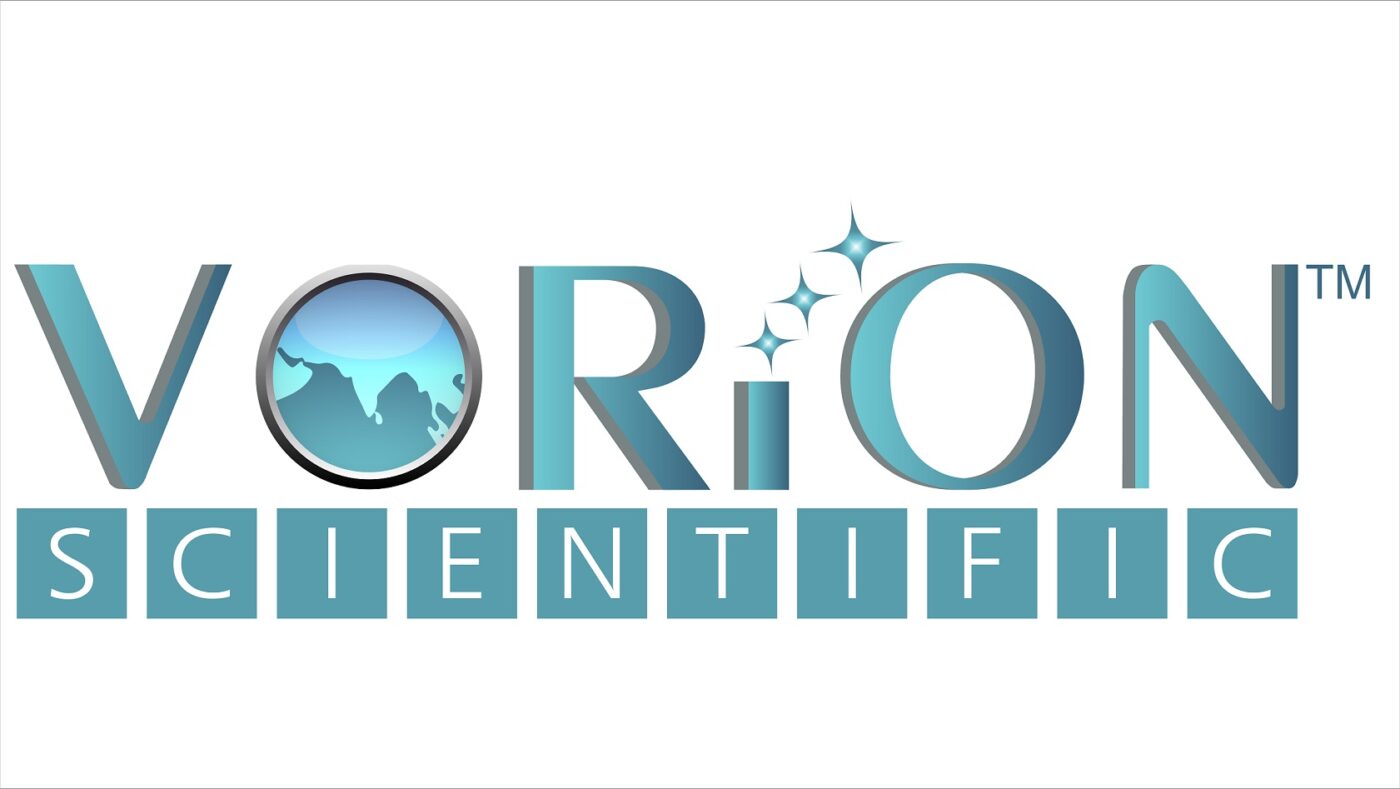
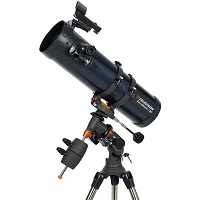
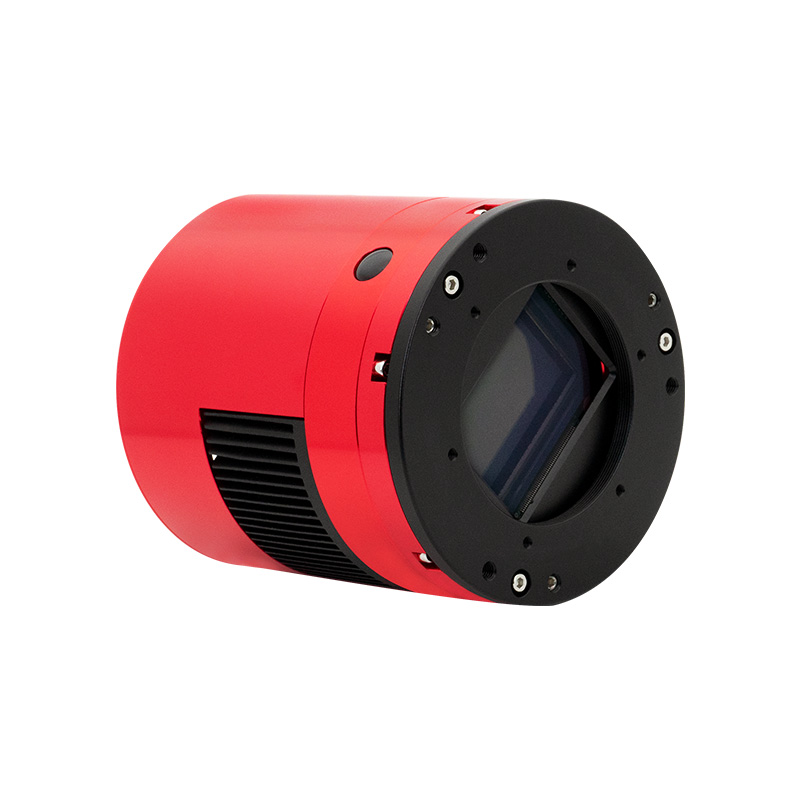
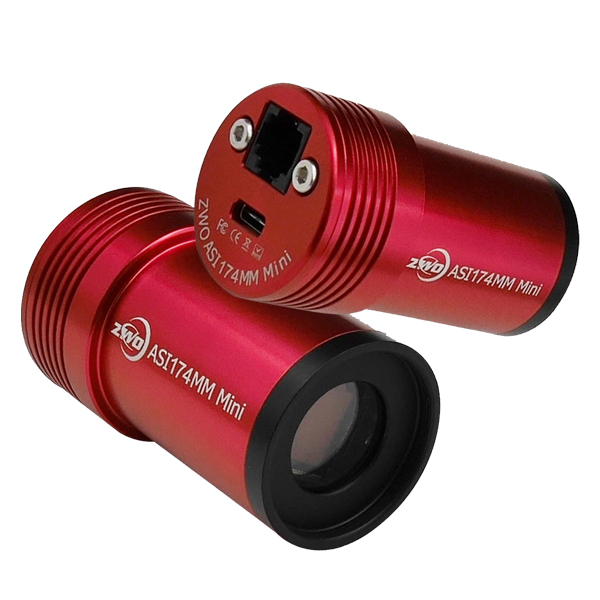
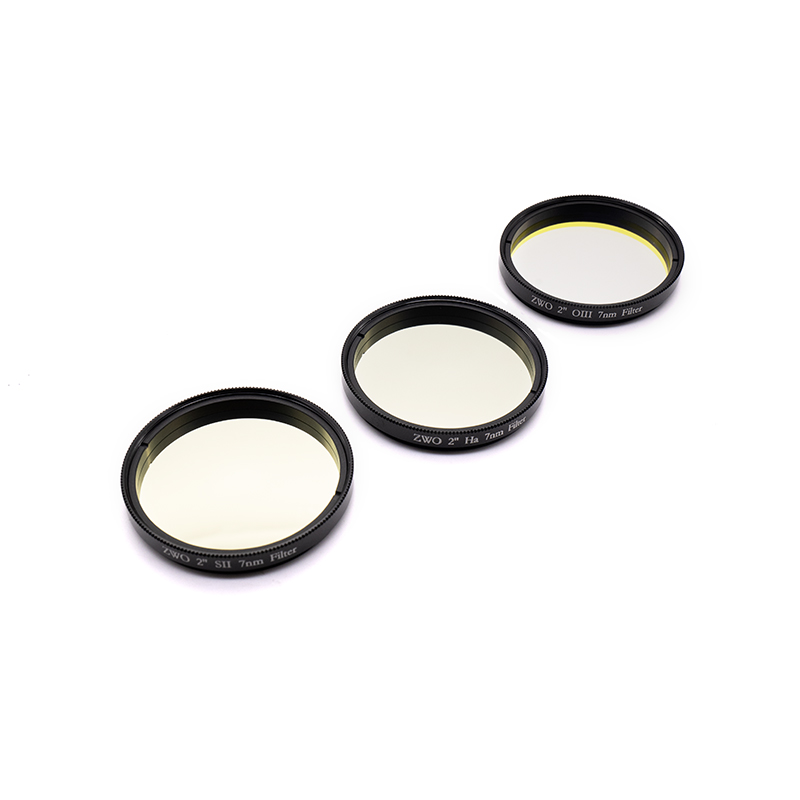

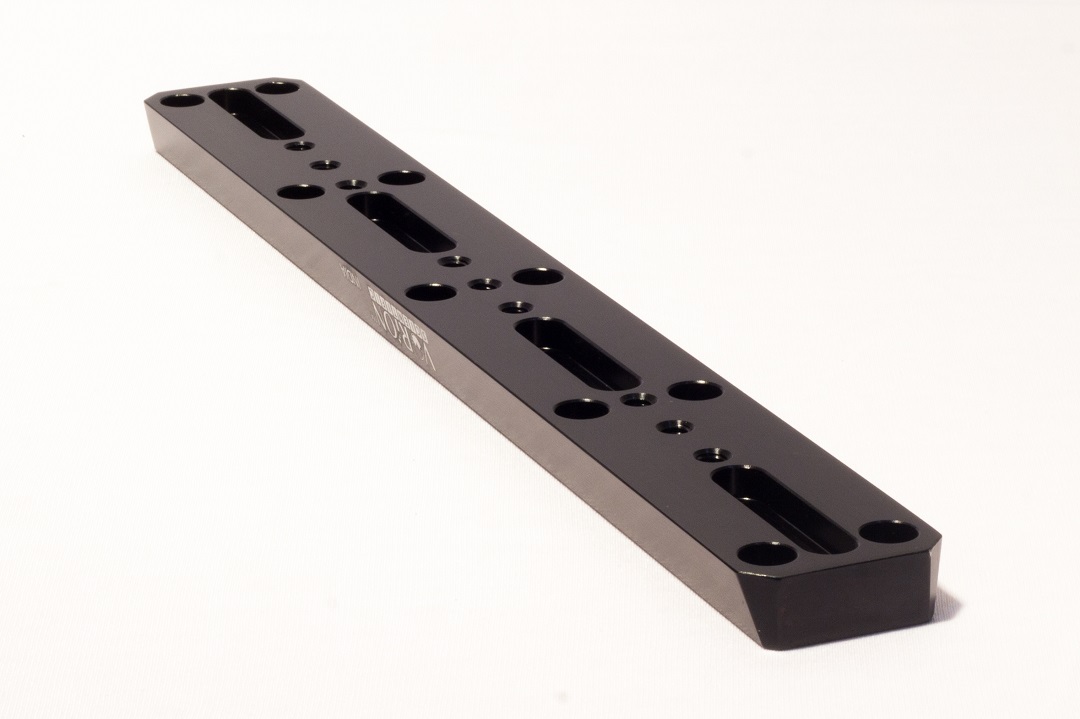
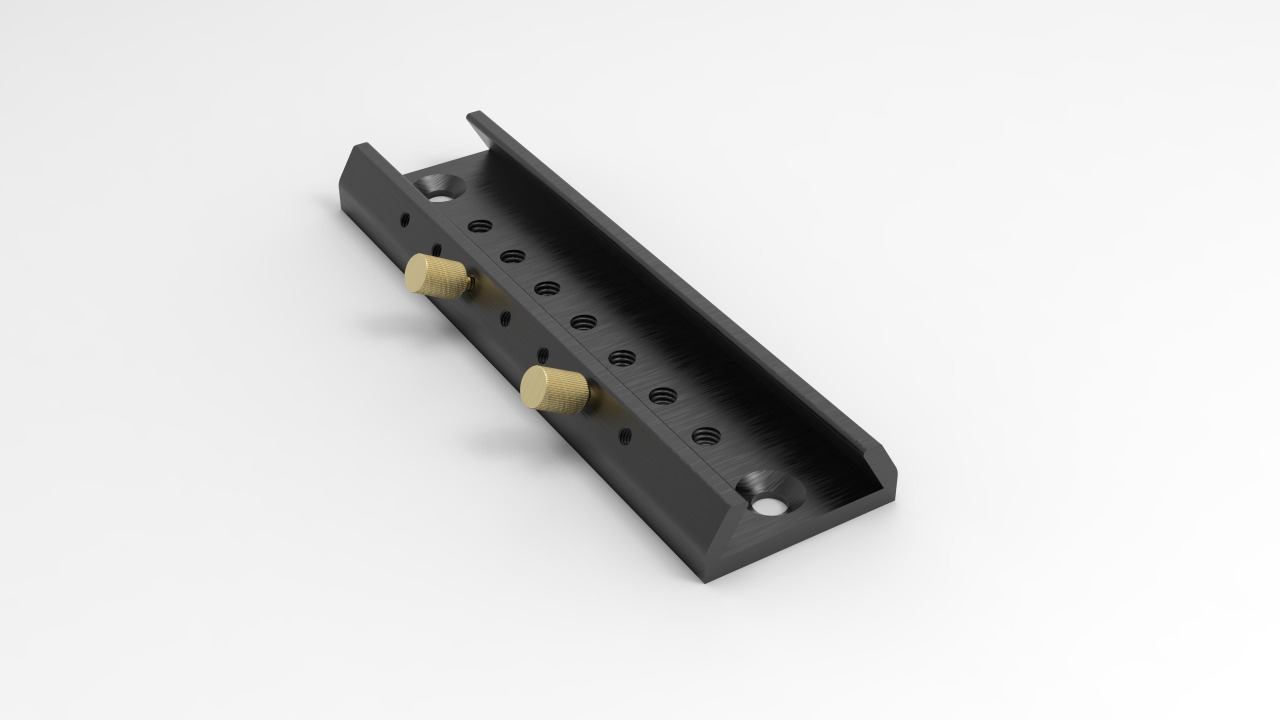
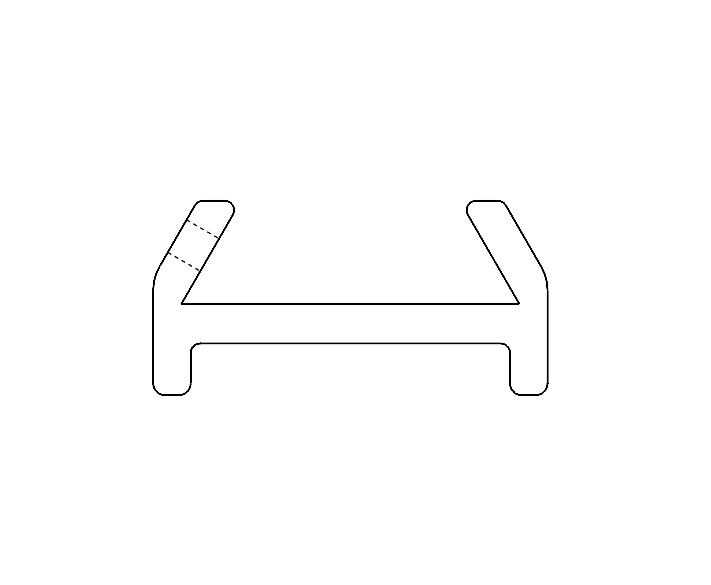
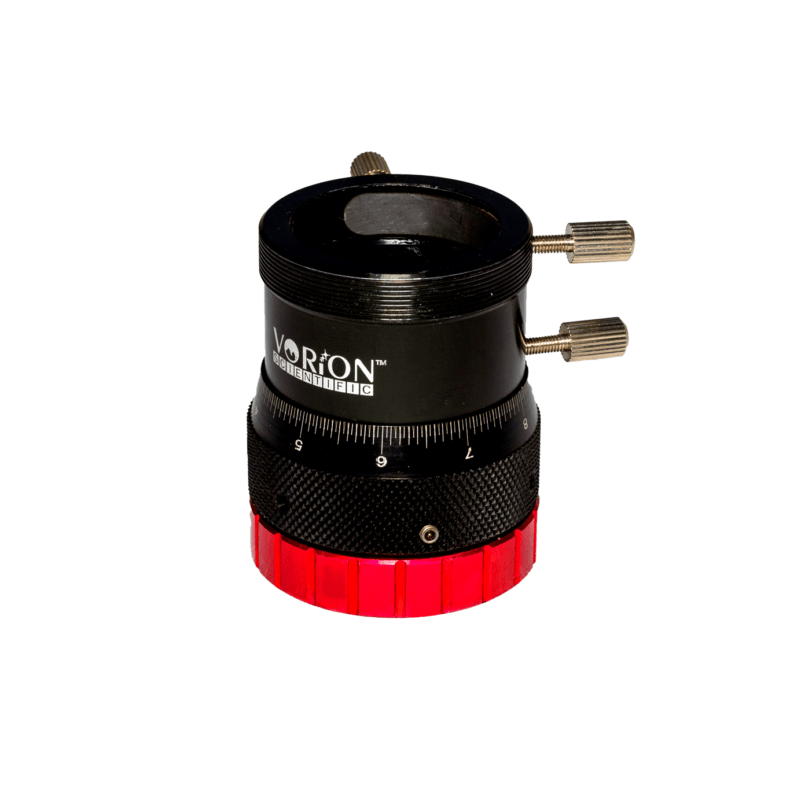
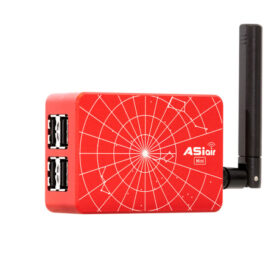
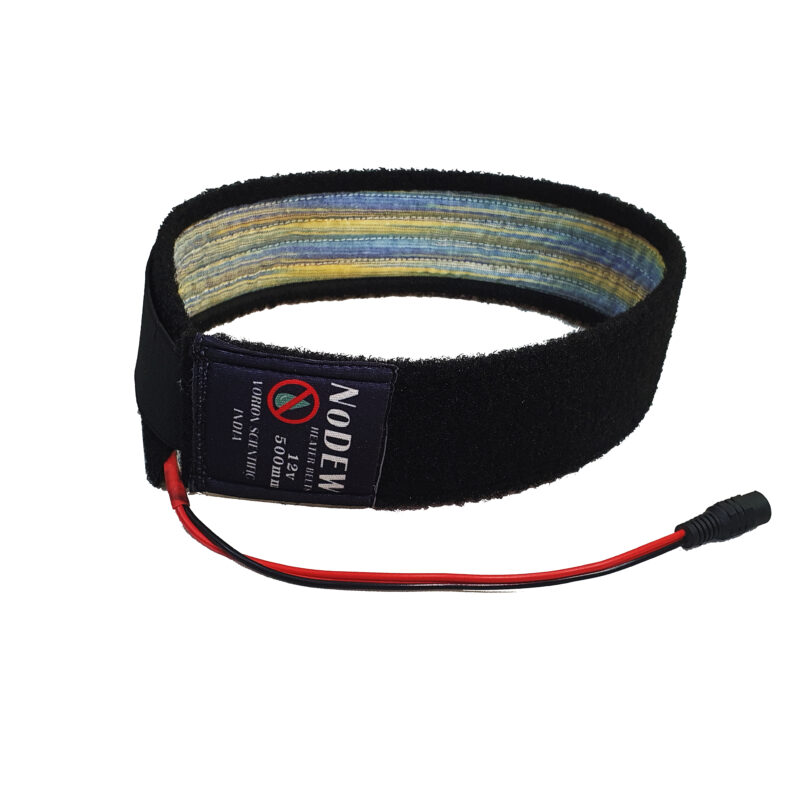
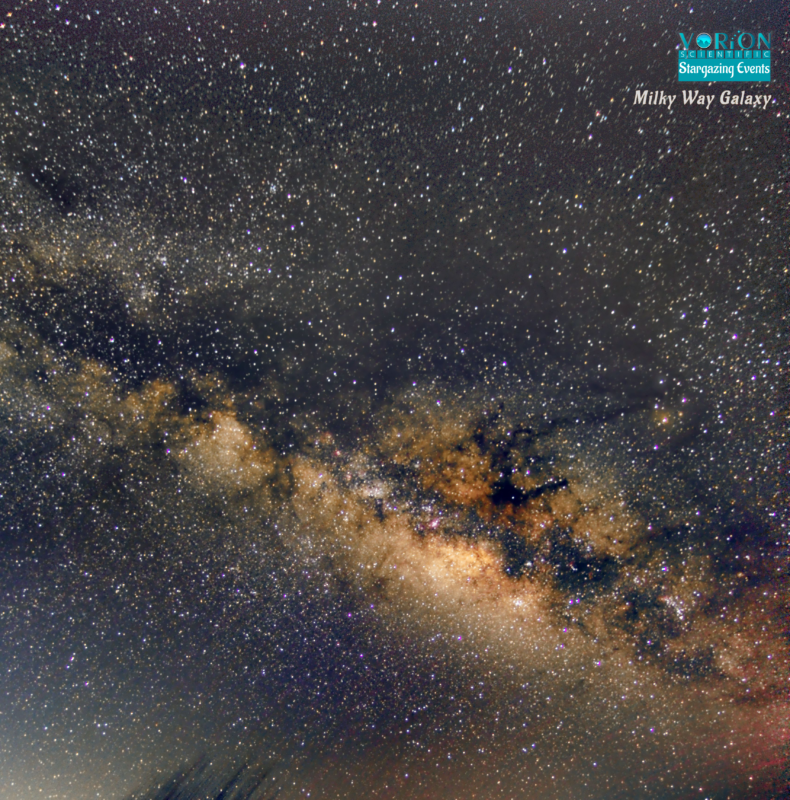

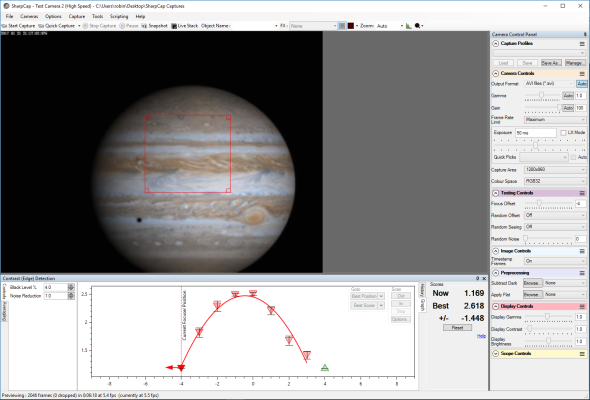
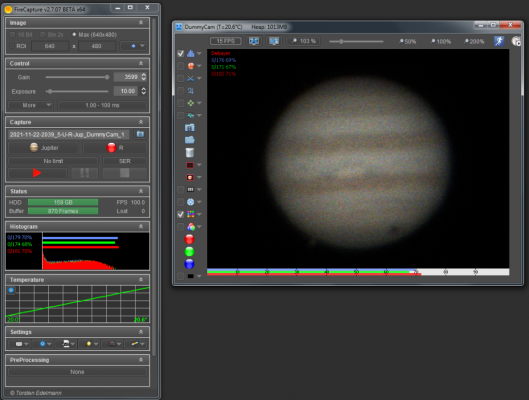
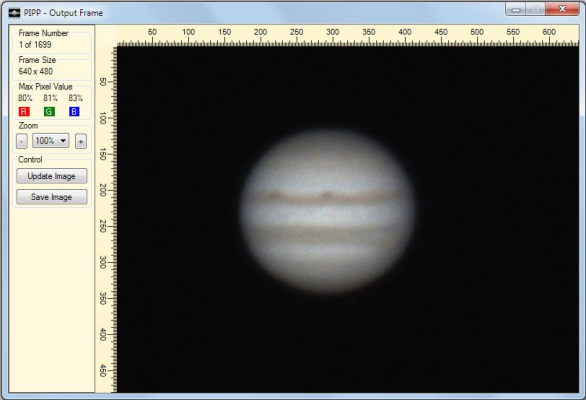
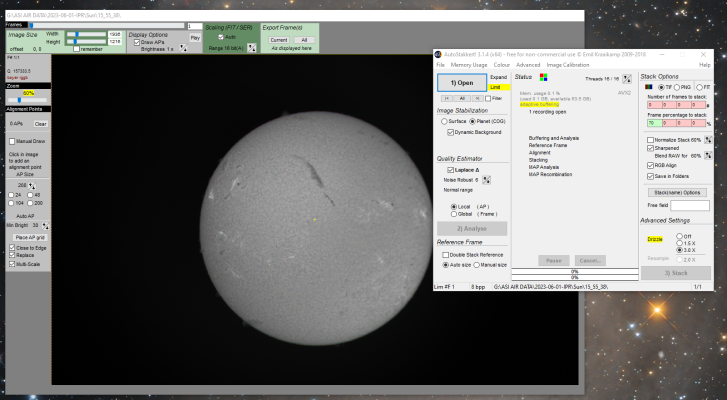
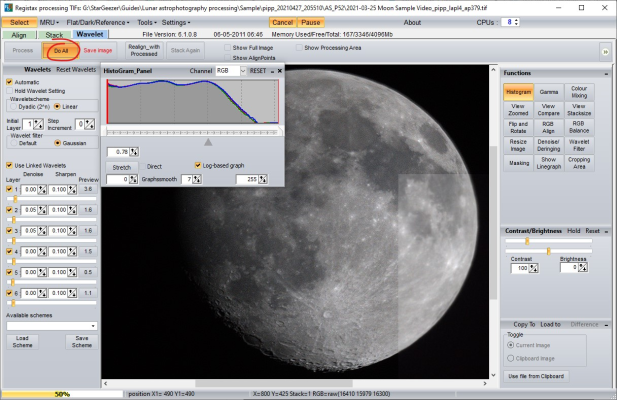
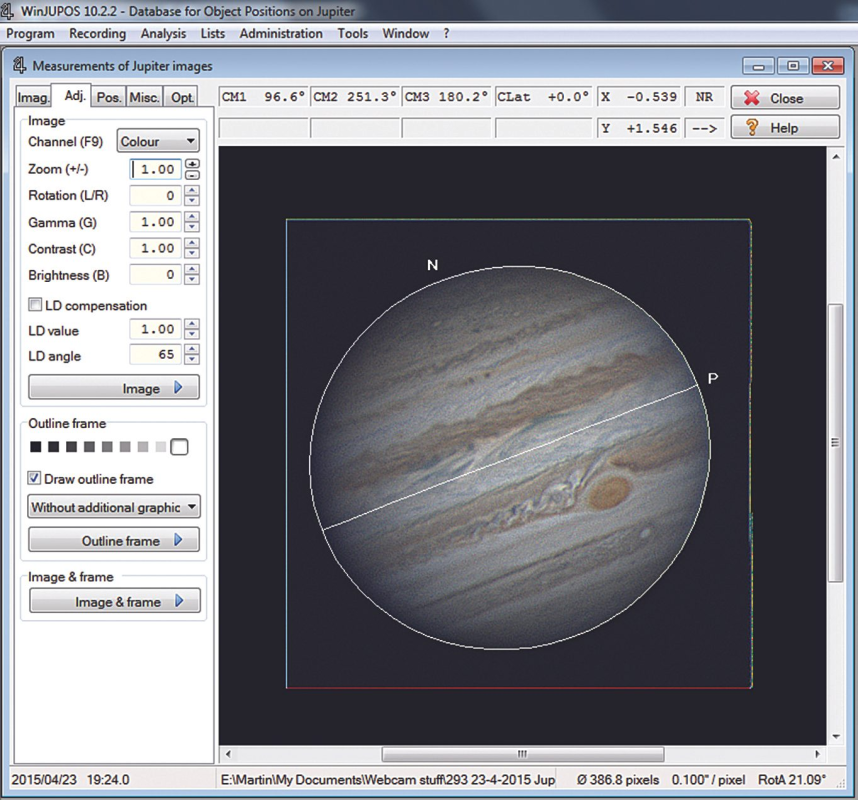
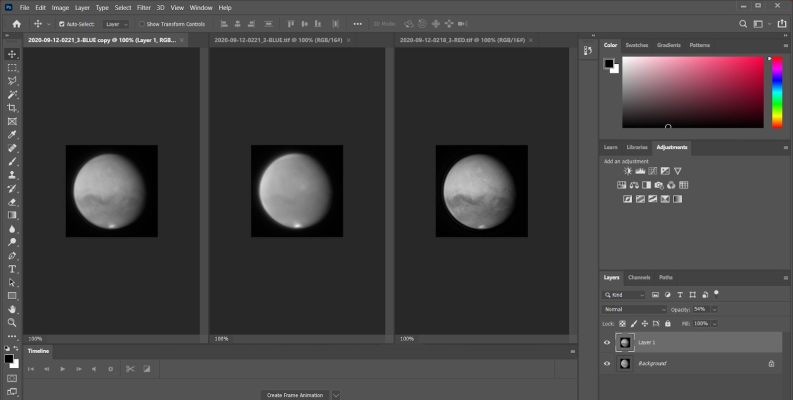
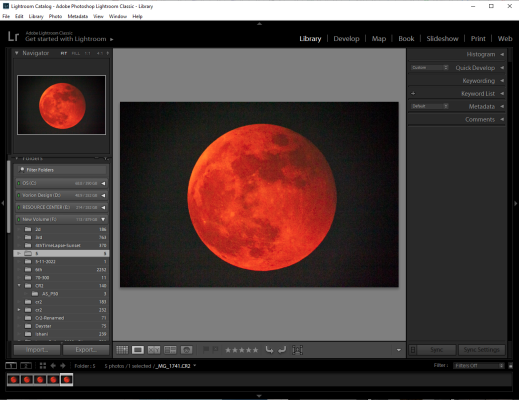
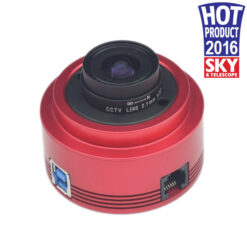
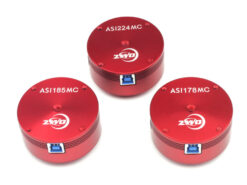
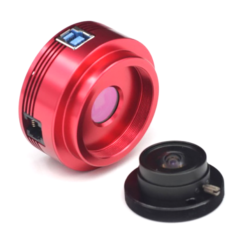
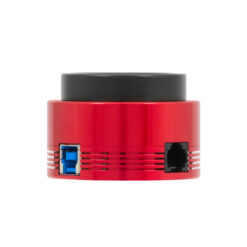
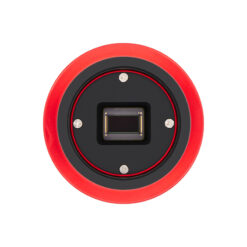
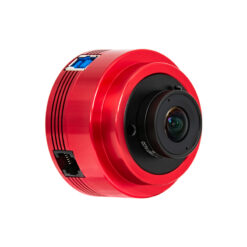
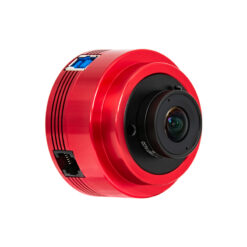
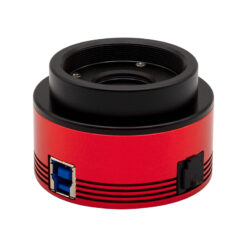
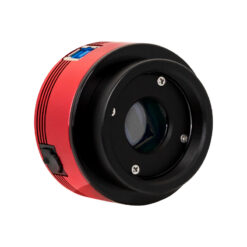
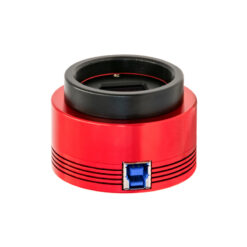
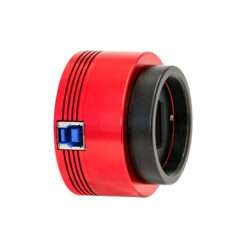
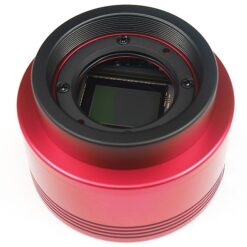
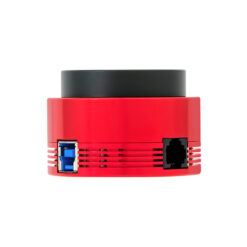
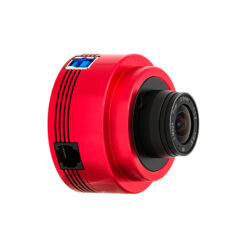
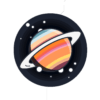 Astro Shop
Astro Shop